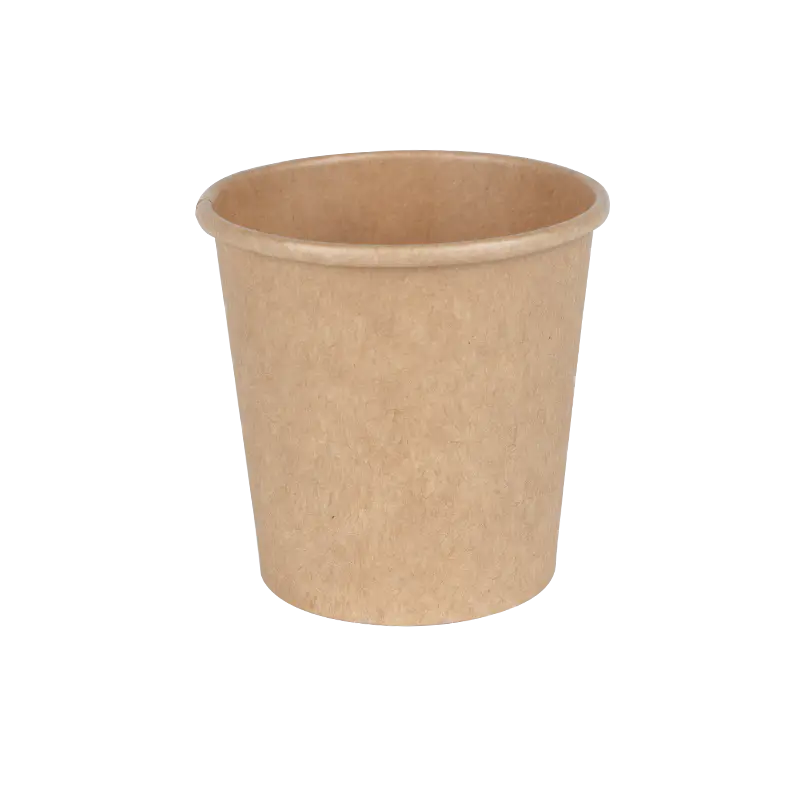Introduction to Paper Cups
Paper cup have become essential in modern life, used everywhere from coffee shops to office water coolers. This guide covers everything you need to know about paper cup materials, manufacturing, and environmental considerations.
Types of Paper Cups
| Type | Description | Common Uses |
| Single-wall | Basic paper cup with one layer | Cold beverages, water coolers |
| Double-wall | Two layers for insulation | Hot drinks like coffee |
| PE-coated | Polyethylene lining for liquid resistance | Most hot and cold drinks |
| Compostable | Made with PLA or other plant-based linings | Eco-friendly applications |
Paper Cup Manufacturing Process
The production of paper cups involves several key steps:
- Pulp preparation from sustainable sources
- Paperboard formation
- Coating application (if used)
- Cup forming and shaping
- Quality control checks
Environmental Impact of Paper Cups
| Factor | Impact | Improvement Options |
| Deforestation | Can contribute if not sustainably sourced | Look for FSC-certified cups |
| Recycling | Many cups aren't recycled due to linings | Choose cups with compatible linings |
| Carbon footprint | Lower than plastic but still significant | Local manufacturing reduces transport |
Paper Cup vs Other Materials
| Material | Pros | Cons |
| Paper | Biodegradable, lightweight | Often lined with plastic |
| Plastic | Durable, clear options | Environmental concerns |
| Glass | Reusable, inert | Heavy, breakable |
Proper Disposal of Paper Cups
To maximize environmental benefits:
- Check local recycling guidelines
- Remove plastic lids before disposal
- For compostable cups, ensure proper facilities exist
- Consider reusable alternatives when possible
Frequently Asked Questions
Are paper cups microwave safe?
Most paper cups are not microwave safe due to the plastic lining and potential for overheating.
Can paper cups be recycled?
This depends on the lining material and local facilities. Check with your waste management provider.
Conclusion
Paper cups offer convenience but require responsible use and disposal. Understanding the different types and their environmental impact helps make better choices for both personal and business use.


 English
English 中文简体
中文简体 عربى
عربى










